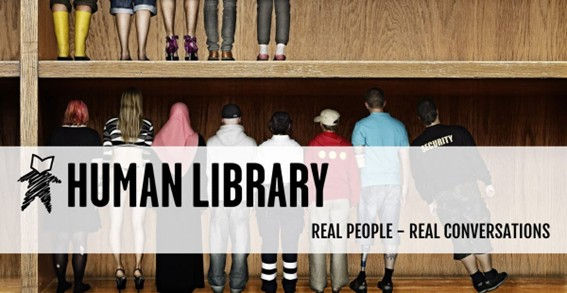Storytelling
- Lotta Böhm

- 2 juin
- 3 min de lecture
‘Children are told stories to fall asleep - adults to wake up’ - Jorge Bucay
This quote emphasises the educational and emotional importance of stories for both children and adults. It shows how stories can serve as a valuable tool to impart knowledge and inspire people.

What is storytelling?
The term storytelling roughly means ‘telling stories’. It is a narrative method by which the person telling the story passes on implicit and explicit knowledge to the listener. The listener absorbs this by listening. The listeners are usually involved in the telling of the story so that they can actively participate and better memorise the content conveyed. It is mainly used in journalism, child and adult education, knowledge management, psychotherapy and marketing.
Knowledge transfer through stories
Research shows that there is hardly a more effective way of communicating knowledge and especially values than through stories. No other form of communication penetrates so deeply into the consciousness. Stories stimulate more areas of the brain than would be necessary for the mere understanding of words. Stories are particularly easy for the human brain to grasp and process because they contain a lot of links to existing content in the memory. In addition, the memory of what has been told is therefore much more lasting. Unlike a mere list of facts, stories trigger emotions. This makes it easier for us to internalise the associated content.
Educational work through stories takes place in educational institutions, workshops, clubs, children's groups, libraries and also at home with the family.
We sympathise with the characters, put ourselves in their shoes and adopt perspectives that are both foreign and familiar. We immerse ourselves in the time, environment, their hardships, conflicts and joys and form our own picture of the subject.
A well-known technique
The best-known technique in connection with storytelling is the so-called ‘hero's journey’. It is no coincidence that countless films and novels are designed according to this scheme. The classic hero's journey includes the following scenarios:
- A main character/hero
- A problem
- A path that the hero sets out on to solve the problem
- Challenges that he overcomes in the process
- A success that results from it
Tips for telling stories
1. the narrator should know the story and go through it in advance. This allows the story to flow smoothly.
2. create a pleasant, comfortable environment
3. adjust the reading/storytelling speed: depending on the target group, it is important to pay attention to the storytelling speed. For children
4. emphasis and humour: The way a story is read aloud is at least as important as what is read. The pitch and volume are particularly important here. This can build up suspense.
5. pay attention to interests: Take up current topics and orientate them to the interests of the listeners.
6. integrate the listener: Listening behaviour can vary. The target group is also decisive here. Some listen quietly and spellbound, others may be very impatient and constantly ask questions. The storyteller should pay attention to the behaviour of the participants and integrate them into the reading process. For example, the participants can guess what might happen on the next page. By asking questions in between, the narrator can find out whether they are still paying attention.
7. time for questions: During and after the telling of a story, sufficient time should be planned for questions. Here the participants can share personal experiences and thoughts and perhaps discuss topics. An exchange is helpful to process what has been read.
https://www.kika.de/eltern/aktuelles/kindern-vorlesen-tipps-100.html# Why does storytelling work?
Emotional connection: Stories have the ability to evoke emotions and create a strong connection with the listener. Stories are memorable and create a deeper understanding and empathy for what is being said by evoking an emotional response.
Memorisation: People remember stories much better than pure facts or data. Stories have a natural structure with a beginning, middle and end, which makes it easier to remember details. By using figurative language and vivid descriptions, stories become a memorable experience.
Authenticity and credibility: By using stories, difficult ideas and messages are communicated in a more personal and authentic way. By adding a human element, stories can build trust and credibility with the audience.
Context and meaning: Stories provide a framework and meaning for the information presented. They help the listener to categorise what is being said in a relevant context and to grasp a deeper meaning. Stories make difficult topics easier to understand.
Entertainment and engagement: Stories are captivating by nature. They create suspense, arouse curiosity and hold the listener's attention. They can also generate a high level of engagement and interaction.






Commentaires